After a nearly twenty-hour flight, I arrived at Brussels Airport on August 16, filled with gratitude for the chance to travel once again after the COVID-19 restrictions of recent years. This marked my first face-to-face international conference since 2019, a moment that stirred both excitement and trepidation within me – an experience made possible by the generous support from EAA.
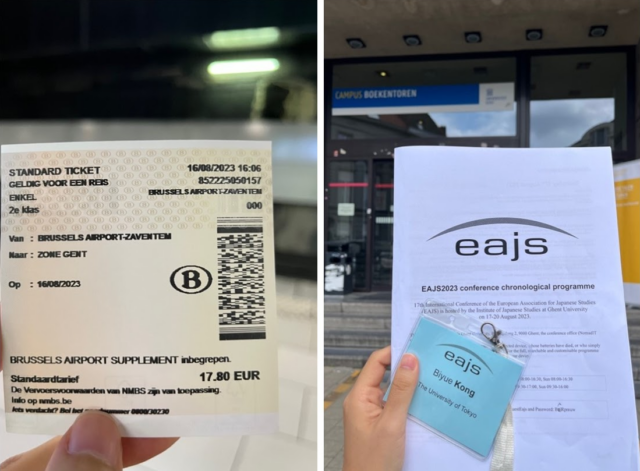
The subsequent one-hour train ride from Brussels Airport to Ghent served as a welcome respite after the exhausting long-haul flight. Despite my fatigue, sleep eluded me. I found myself intrigued by a woman seated nearby who was diligently working on her laptop. It sparked my curiosity, and I wondered if she, too, was on her way to the EAJS conference. Even though my presentation was two days away, I thought about reviewing my presentation slides and engaging in an impromptu rehearsal. This idea lingered throughout the journey.
My hotel, located in the heart of the city, was just a 15-minute walk from Ghent University, the primary venue for this year’s EAJS Conference. To my delight, I soon discovered that the Aula Academica, where the opening ceremony and keynote speech were to take place, was conveniently close by.
The following day, I awoke at seven in the morning and made my way to a cafe recommended by the hotel staff. Despite having checked the weather before my departure, I had not anticipated the brisk chill of the morning. I was struck by how Ghent’s ambiance reminded me of Cambridge, and the weather reminded me of the UK.
While Dutch served as the official language in Ghent, I quickly learned that most residents were proficient in English or French. Initially, deciphering Dutch menus presented a challenge, but it soon evolved into an exciting culinary adventure and an opportunity to learn Dutch as I placed my food orders. Every day, I sipped a double espresso accompanied by a chocolate bar, and enjoyed different types of bread.
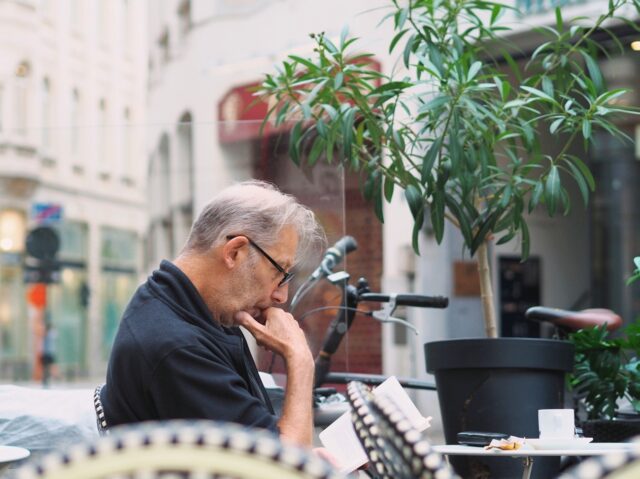
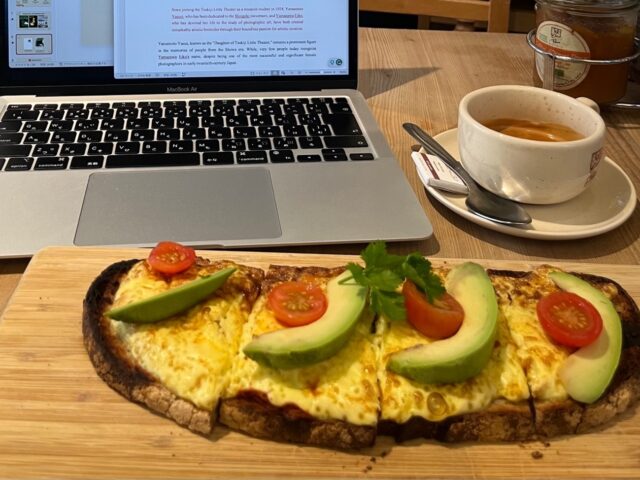
On the morning of the first conference day, as I collected my name card and conference program from the reception desk, the crowd was relatively sparse. However, as evening descended, the town underwent a remarkable transformation. Participants donned their name cards and converged on the streets, engaging in conversations and enjoying drinks. It became a common sight to exchange greetings with fellow attendees while passing by.
The opening ceremony unfolded in a hall designed to accommodate 300 people, but the number of in-person participants exceeded that capacity. I arrived a bit early to secure a seat with an optimal view. As expected, the ceremonial hall was packed. Surrounded by researchers and scholars from around the world, I could not help but feel a profound sense of belonging to the academic community—a stark difference from the online conferences I had attended in the past.
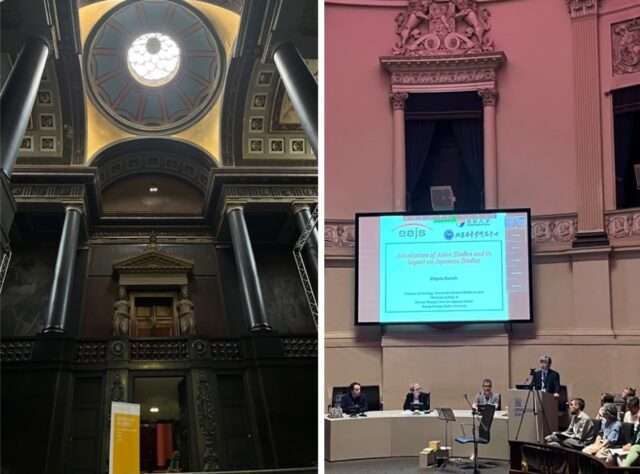
Following speeches by the conference chair, the Mayor of Ghent City, and warm greetings from conference sponsors, the eagerly anticipated moment arrived—the keynote address by Professor Sonoda Shigeto, Chair of the GAS (Global Asian Studies) program at the University of Tokyo. His talk, titled “The Asianization of Asian Studies and Its Impact on Japanese Studies,” resonated deeply with me. As a Ph.D. student in the GSP (Global Studies Program), which, while not widely recognized within our university, is conducted entirely in English, I found myself in full agreement with Professor Sonoda. His insights underscored the considerable distance that English programs in Japan still need to traverse to truly embrace an “inside-out” approach to Asian studies. The opening ceremony concluded with a delightful drinks reception held in the hall, providing an excellent opportunity to connect with researchers whom I had previously encountered only via Zoom or through their published works. With over 200 panels on the agenda, I carefully identified those that piqued my keen interest, eagerly anticipating the chance to meet the speakers face-to-face.
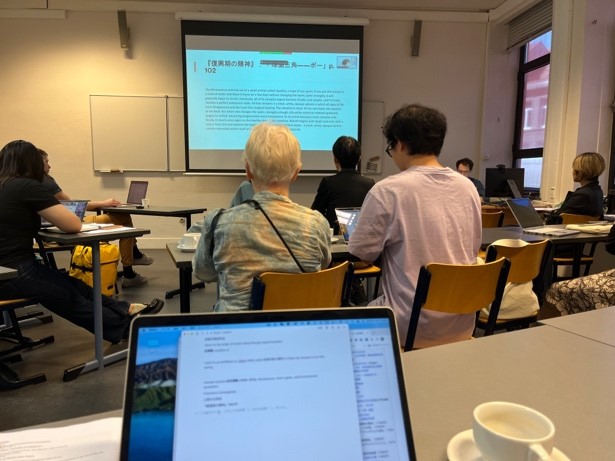
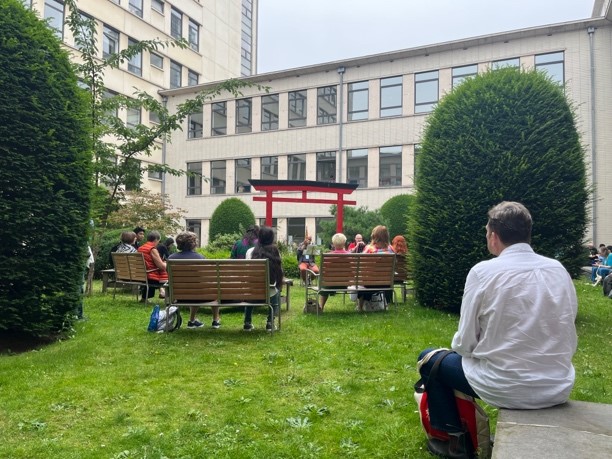
For this year’s conference, I submitted an individual application to participate in the Visual Arts section. My presentation was chosen to be part of a session alongside two other captivating contributions. Among them, one was a study undertaken by a Ph.D. candidate from Nagoya University, delving into the captivating realm of Ito Junji’s horror manga. The second presentation was skillfully delivered by Prof. Susanne Schermann from Meiji University, who generously shared excerpts from sound movies produced during wartime. My own presentation, titled “Vision of the Modernists: A Comparative Study of Stage Photography by Yamazawa Eiko and Horino Masao,” aspired to provide fresh insights into the intricate relationship between stage photography, theater, and print culture in early twentieth-century Japan. The study of stage photography, also referred to as butai shashin, is a relatively novel field within academia. Consequently, I was enthused about the opportunity to convey my latest research findings to fellow scholars from both Japan and abroad, with the hope of inspiring more researchers to contribute to this burgeoning area of study.
On the final day of the conference, I finally had the chance to meet Dr. Murashima Ayaka, the esteemed author of Image of Stage: Theatrical Photography, Kabuki actors, and photographers (舞台の面影—演劇写真と役者・写真師). Dr. Murashima, who is also the recipient of the 44th Suntory Prize for Social Sciences and Humanities, has been a significant source of inspiration for me since my initial year of research. During the Q&A session following her presentation, I raised my hand and posed a question that had long perplexed me: “What is your definition of butai shashin?” Despite her impending departure for the airport after the panel, I managed to exchange a few words with her, holding out hope for a future encounter back in Tokyo. Dr. Murashima’s kindness and gentleness were readily apparent, and the gleam in her eyes as she introduced us to the photographs of Kabuki actors left an indelible impression.
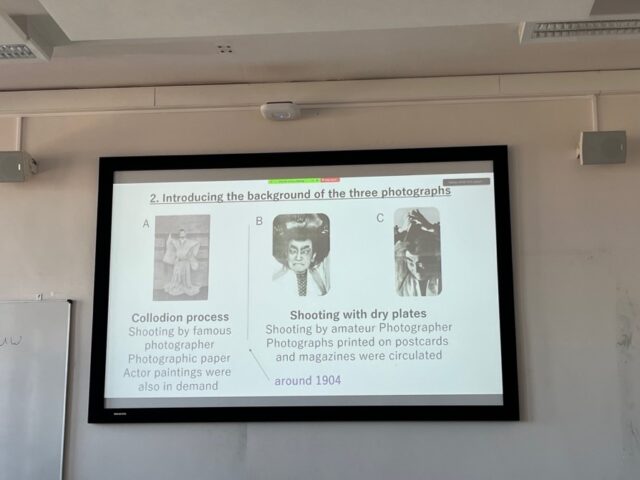
During my final three days in Ghent, the sky finally cleared up. In addition to attending the conference, my camera remained a constant companion as I roamed through the streets and alleys of this picturesque city. On these sunny afternoons, it was a common sight to see people seated in street-side cafes, engaged in leisurely conversations, sipping beers or wine, and basking in the warm sunlight. The presence of street performers at the corners of this charming town added to the unhurried pace, unconsciously slowing down my steps. Even well past eight in the evening, the European summer kept the sky brightly illuminated. As night fell, crowds gathered along both banks of the River Leie that gracefully cuts through the heart of the city. With the gentle summer breeze rustling through my hair, gazing at the lovely faces around me, I could not help but wonder how much I would miss this city upon my return to Tokyo.
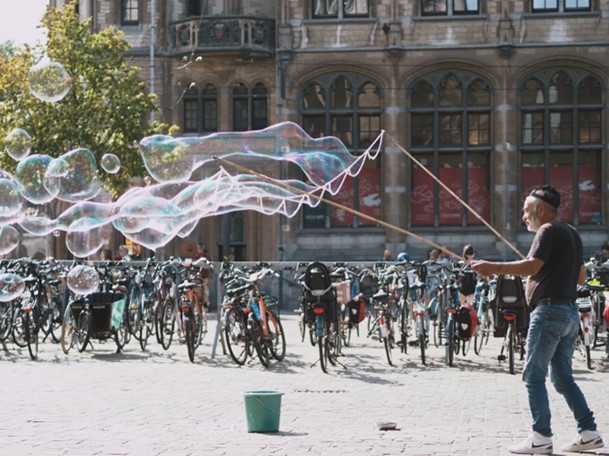
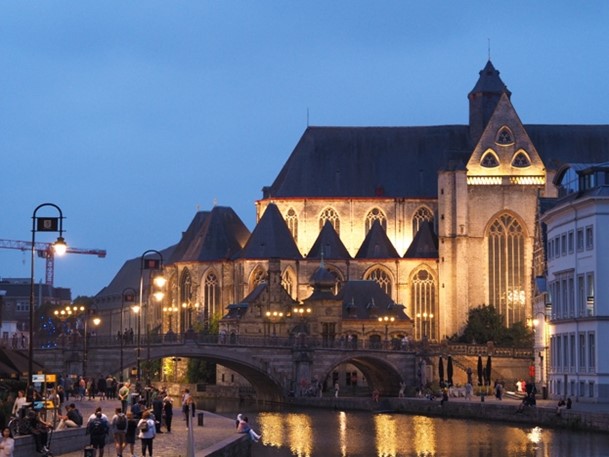
On another day, I paid a visit to Saint Bavo’s Cathedral, renowned for its rich collection of European art masterpieces, including “The Ghent Altarpiece,” also known as the “Adoration of the Mystic Lamb,” which is considered one of the most significant works of the early Northern Renaissance. The cathedral’s magnificent stained-glass windows cast a mesmerizing kaleidoscope of colors, resembling the masterpiece of a skilled artist. I also ascended to the top of the Belfry of Ghent, one of the three iconic towers in Ghent that provide panoramic views of the city center. In these remarkable places, I could palpably sense the layers of history and the enduring legacy of culture, prompting me to reflect deeply on the abundant history and cultural heritage of this ancient city.
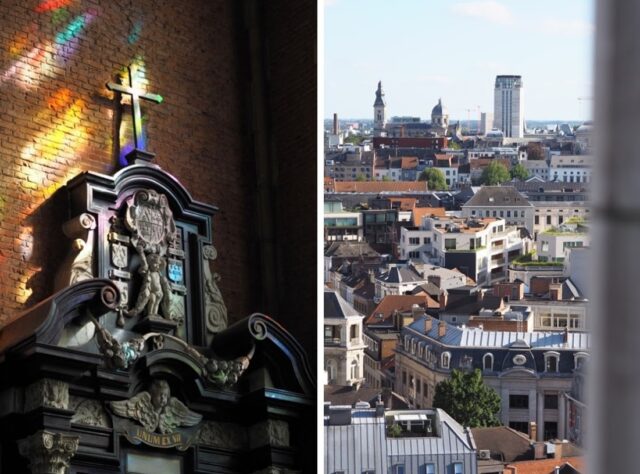
This conference journey not only provided valuable opportunities for my academic research but also allowed me to deeply experience the diverse charm of Ghent. I was warmly welcomed to this enchanting city and found its combination of history, culture, and academia unforgettable. While exploring the quaint streets and talking with scholars from around the world, I realized that conferences like EAJS serve a purpose beyond sharing knowledge and research. My conversations with locals, the delicious Belgian cuisine I tasted, and the remarkable art and architecture I saw all contributed to a deep cultural exchange. I left Ghent with a newfound appreciation for the worldwide community of researchers and how conferences bring us together. These shared experiences broaden our horizons, challenge our perspectives, and create lasting friendships that transcend borders and disciplines.
Biyue Kong(Graduate School of Arts and Sciences)








